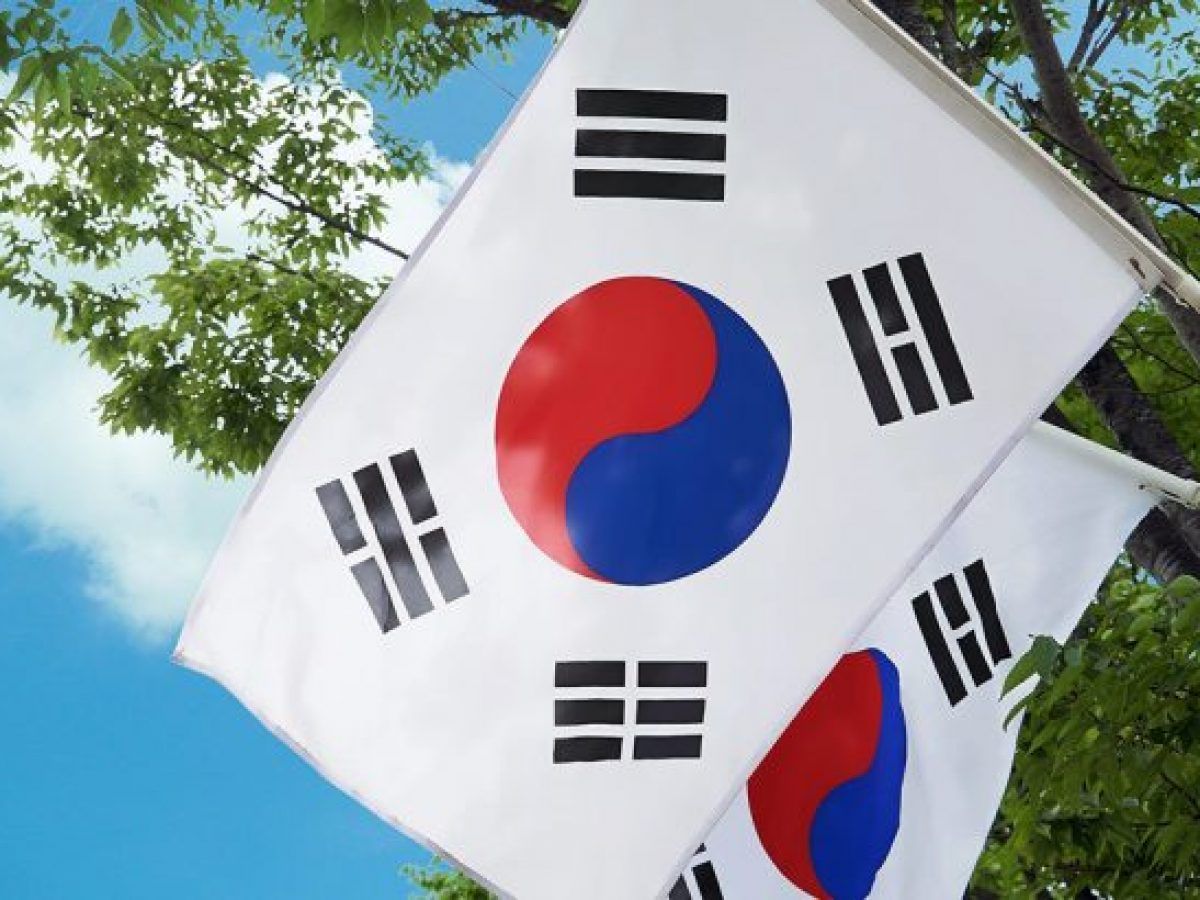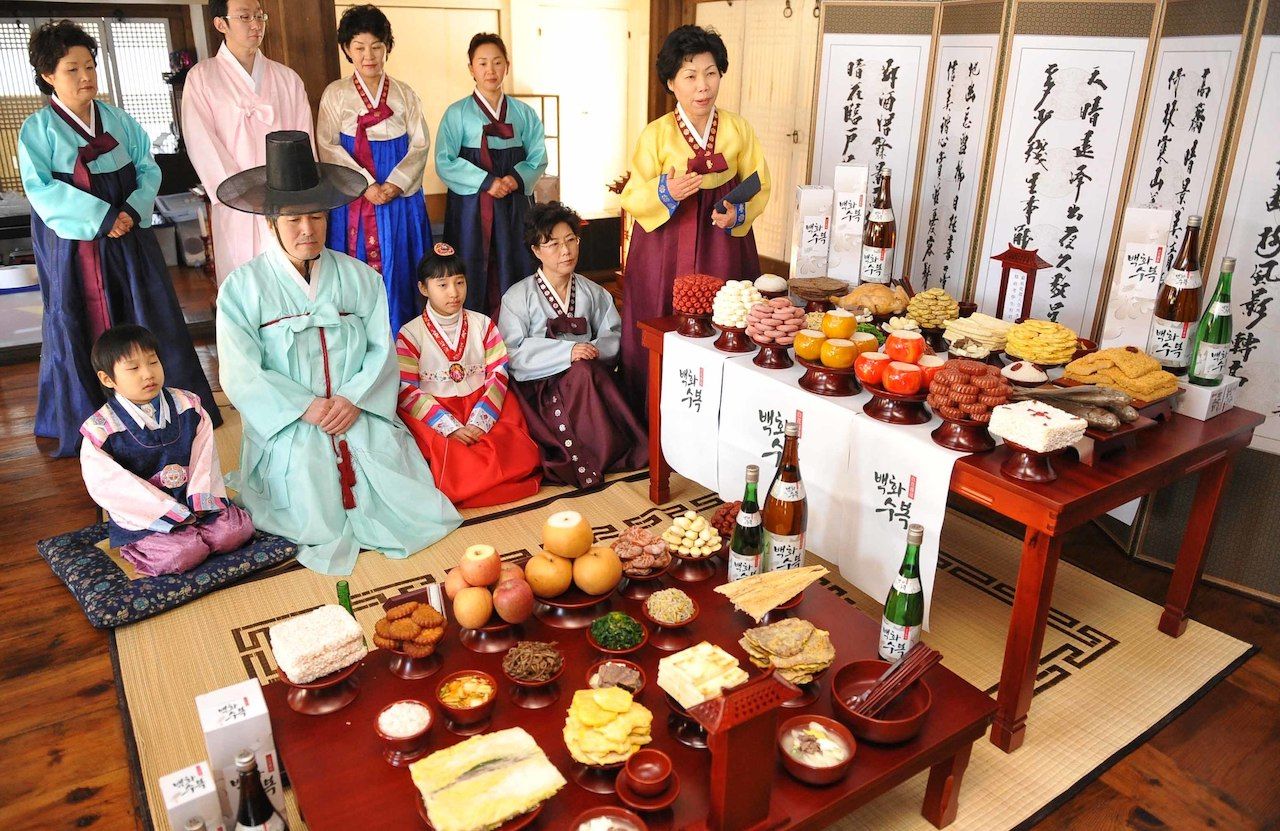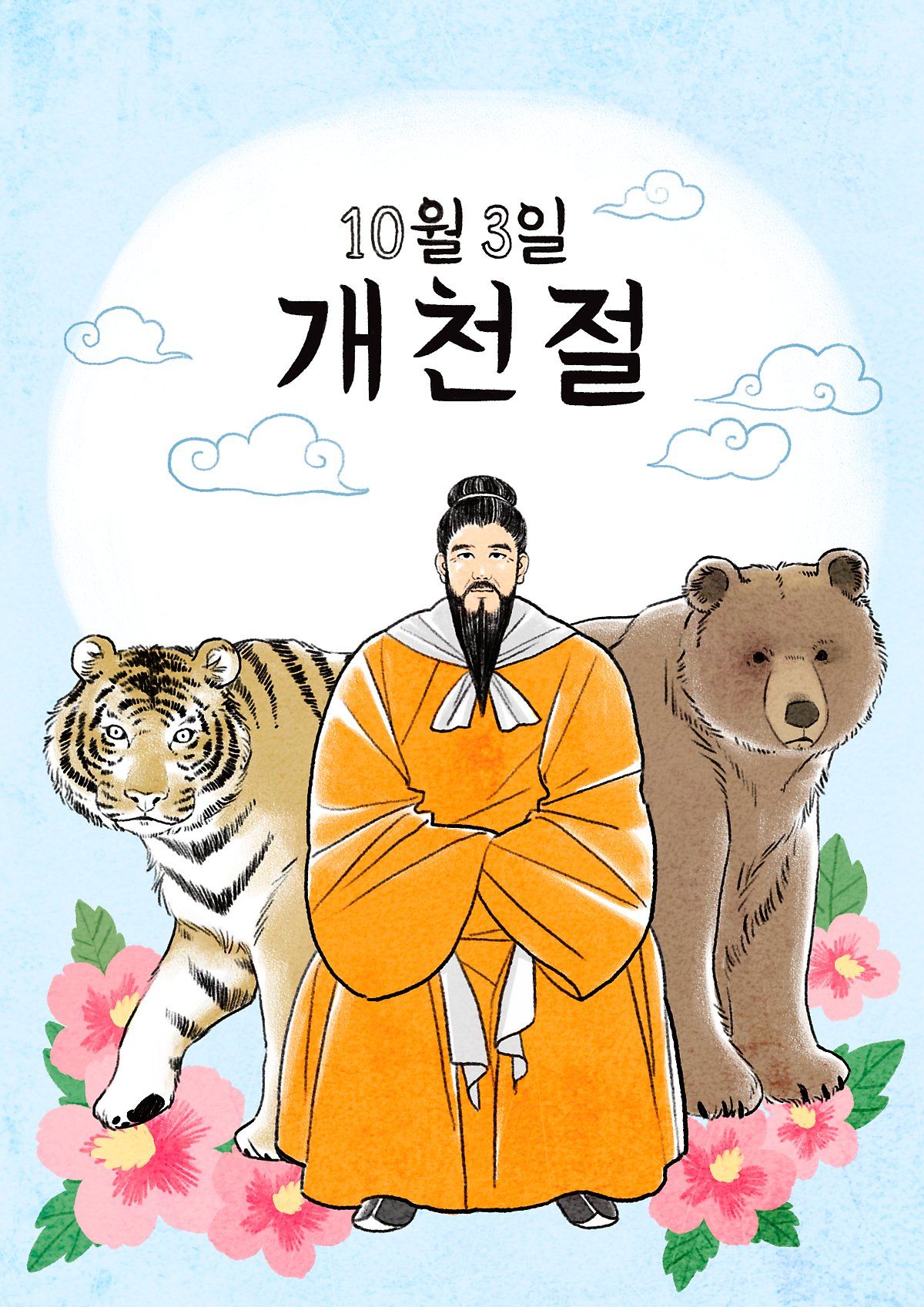
Guide To The Most Important Traditional Holidays In Korea
Korea has a long and rich history, and it translates into traditions and usages. We can somewhat retrace its history with today's public holidays, but first let's start by addressing the elephants in the room: the "Western" holidays.
On New Year's Day some Korean will send messages to their family or would go out and party. Similarly on Halloween you will see a lot of students dressed up in their favourite pop culture character or celebrity (here too everybody is either Harley Quinn or the Joker).
Finally, Christianism being one of the most important religion in Korea, believers go to church on this day. But if you go out you mainly will see a lot of young couples spending Christmas together, as some would on Valentine's day (more on this in another post).
Those three are among the biggest in the west but they lose most of their status here in Korea, and are mostly celebrated by young people. However they are gradually getting more and more popular.
Now that it is cleared out we can go through the most culturally important traditional celebration days in Korea!
Jan 31/Feb 2 -Seollal - Lunar New Year

Source: Culture Snapshots
It is the second most important holiday of the year. Korean families gather together for three days and pay respects to their elders. The prepare lots of food in a ritual called charye (차례) and eat together around traditional board games like GoStop (betting card game) or Yut Nori (originating from the Joseon era). Elders usually gift money to their kids and grandkids.
This holiday is special special for young people as they grow older by one year according to the Korean age system! The tradition is to eat tteokguk (떡국), a soup with rice cakes, to grow one year older.
March 1 - Independence Movement Day

Source: 10 Magazine Korea
The pacific movement started on the 1st March 1919 by Korean student and scholars declared the independence of Korea in the middle of the Japanese occupation, they were brutally repressed and thousands were killed.
Ever since, the 1st March is celebrated to remember their courage that fueled the subsequent Korean independence movements! Every year the Korean Declaration of Independence is read in Pagoda Park in Seoul, where the movement started. You can visit various museum retracing the struggle and fight for independence in Korea.
May 5 - Children's Day

Source: My Korea Trip
When I asked my Korean about the origin of this holiday they all knew who put it in place: Bang Jeong-hwan, a famous human rights activist during the Japanese occupation of South Korea. He continuously aimed to improve children's lives in Korea and he greatly contributed to what will become the basics of litterature, music and theatre plays especially made for children, his legacy still lives nowadays.
On Children's Day parents will bring their kids at the zoo, museum or amusement parks. It is not rare to see many families going for a picnic on the Han River.
May 8 - Buddha's Birthday

Buddhists all across the country celebrate Buddha's birthday praying in temples. But the celebration is wide spread in Korea and you can see lanterns and lotus flowers decorations everywhere in the street and temples. When the night falls many often like to visit temples on this day, they are really beautifully decorated.
June 6 - Memorial day

Source: Korea Herald
Memorial day is held in commemoration for all the military men and women that gave their life for the country.
At 10 am a siren rings and a minute of silence is respected by all Korean. Various ceremonies are held and veterans as well as regular citizen can attend to them. You will see many houses decorated with the korean flag in this occasion.
August 15 - Liberation Day

Source: Trazy Blog
The Liberation Day (광복절) commemorates the end of Japanese colonisation of Korea and the declaration of the Republic of Korea. Japan officially surrendered on the 15th of August of 1945, after 35 years of occupation of Korea. Three years later, on the same day, the ROK was created.
This holds the same importance as the Independence day in the USA or the 14th of July in France. Korean flags are out, an official presidential ceremony takes place and celebrations are hold everywhere. On this day descendants of activists that participated in Korea's victory can access public transports and museums for free.
Traditionally the presidential pardons occur on this day. A comedy from 2002 called 광복절특사 takes advantage of this situation: 2 convicts escape prison just to realised they will get pardonned on the Liberation Day the next day! They will try to sneak back in by all means possible.
Sept9/11 - Chuseok

Source: Tag Story
Chuseok is the most important Korean holiday, like for Seollal families will gather together no matter where they live to prepare and share food! It lasts for about four day and takes place in the end of september or the beginning of october depending on the lunar calendar.
Typically families will serve the charye like for Seollal and they will visit and pay respect to the family tombs.
Many traditional event take place such as dances(강강술래), percussion songs (삼울놀이) and wrestling (씨름).
Many delicious meals are prepapred, and you can taste Songpyeon (송편), the sweet rice cake dessert, symbol of chuseok.
Among all the food I tried on chuseok my favourite was probably the galbijjim (갈비찜) a delicious meat dish that reminded me of my home country "bourguignon beef"!
Many places are opened on chuseok, you can wear hanboks and take part in many other activities, we will cover them in another post!
October 3 - National Foundation Day

Source: Side View Naver
This holiday celebrates the founding of Korea by the King Dangun. It commemorates the creation of Gojoseon in 2333 BC, the first form of Korea as we know it today.
Three myths explain the creation of Gojeoson, I will present you the most popular one: A bear and a tiger come to Hwanung (환웅), the god-prince, and ask to become human. Hwanung accepts but at one condition, they must survive in a cave for a hundred days only eating garlic and mugwort. The days pass and the challenge become increasingly difficult, the tiger, not able to do it any longer abandons halfway through. But the bear succeeds and Hwanung keeps his promise and turn her into a beatiful woman named Ungnyeo (웅녀). They later marry and have a child named Dangun (단군). Dangun will later grow to found Gojeoson.
People celebrate by going to the Han River and watch the fireworks, or by hiking the Baekdu mountain (백두산), birthplace of Dangun.
October 9 - Hangeul Day

Source: Mango Language
In Korea even the language gets its special day! The hangeul(한글) is the Korean writing system, created by King Sejong. In old times Korean people wrote with chinese characters but the tones and words beong different between the two languages it made reading and writing difficult for Korean people. King Sejong saw his people struggle so he created the Hangeul, it was based on pronunciation and it made it really easy to read. A scholar named Haerye said this very famous statement about the hangeul characters:
"A wise man can acquaint himself with them before the morning is over; a stupid man can learn them in the space of ten days"
However with time the elites saw the use of Hangeul as a peasant and "low people" thing so they primarly used chinese characters and ended up banning the use of hangeul. But it came back! During the Japanese colonisation the Korean independence movement used it to communicate secretly and it nowadays is still used by all Koreans.
During the Hangeul Day you can enjoy the museum of King Sejong under his statue in Gwanghwamn Plaza or simply take a day off and reflect about everything he brought to Korea.